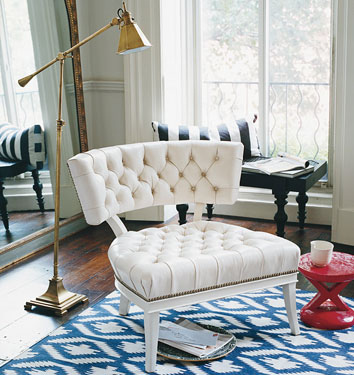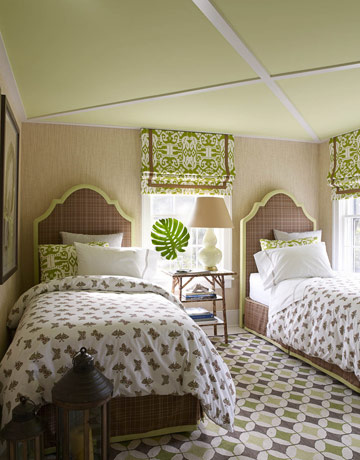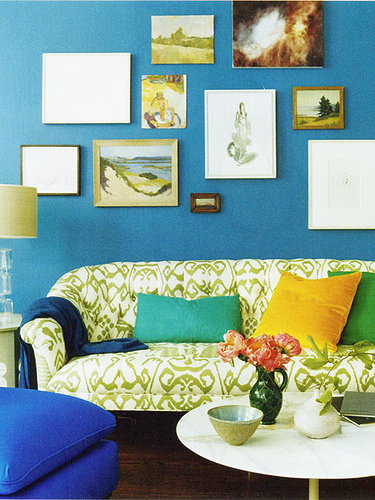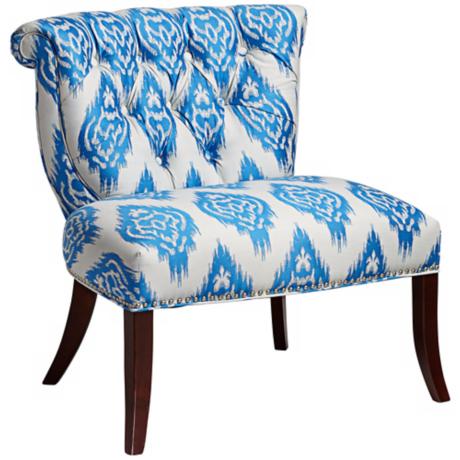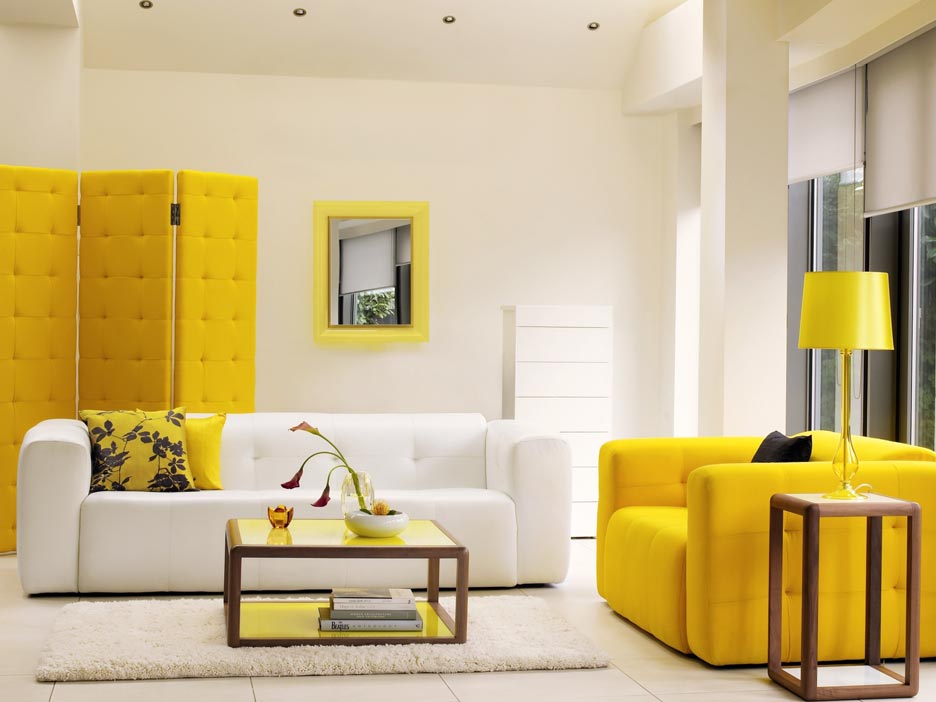 At J. Douglas Design - lighting is a huge part of ALL of our designs, as are the lamps and fixtures that deliver it. No design is complete without considering first the important aspect of lighting - and how best to layer in beautiful and timeless accessories that efficiently double as lighting. Think of a simple lamp, that doubles as a piece of art. Their name says it all - with Fine Art Lamps - we are able to achieve this mix.
At J. Douglas Design - lighting is a huge part of ALL of our designs, as are the lamps and fixtures that deliver it. No design is complete without considering first the important aspect of lighting - and how best to layer in beautiful and timeless accessories that efficiently double as lighting. Think of a simple lamp, that doubles as a piece of art. Their name says it all - with Fine Art Lamps - we are able to achieve this mix.At J. Douglas Design, we only hand select the finest pieces of furniture and accessories from the best-known lines for our interior design. And we're pleased to have worked with Fine Art Lamps for many years, bringing quality lighting to our clients - while also accessorizing with the 'fine art' of their pieces.
Lighting is an age-old necessity, from ancient flames in cave to Medieval oil lamps, to modern methods of lighting a space, the world has needed light - from the beginning of time. Man has found ways to light the way, and Fine Art Lamps has found a way to stylishly, beautifully, and well - artfully shed light on the topic.
Max Blumberg
 owned a glass factory in the late 19th century. His son, Jack, founded Fine Art Lamps in the early 40's. (1941) From the beginning - his goal was to employ only the finest craftsmen and artisans from all over the world, inspired by the fine crafts of ancient and Renaissance Italy, to produce top quality lighting - with unparalleled beauty and craftsmanship. It's no wonder that Fine Art Lamps has been a design leader in the lighting and interior design industry from the very start - they have always had the very best craftsmen, used the finest metal, glass and unique materials and offered a huge selection of style - and the most agile and unique designs. In 1965, Jack's son, Max has continued the quality and craftsmanship that Fine Art Lamps created and maintained for the family business.
owned a glass factory in the late 19th century. His son, Jack, founded Fine Art Lamps in the early 40's. (1941) From the beginning - his goal was to employ only the finest craftsmen and artisans from all over the world, inspired by the fine crafts of ancient and Renaissance Italy, to produce top quality lighting - with unparalleled beauty and craftsmanship. It's no wonder that Fine Art Lamps has been a design leader in the lighting and interior design industry from the very start - they have always had the very best craftsmen, used the finest metal, glass and unique materials and offered a huge selection of style - and the most agile and unique designs. In 1965, Jack's son, Max has continued the quality and craftsmanship that Fine Art Lamps created and maintained for the family business.Their commitment to providing only the best continues to this day in a state of the art facility in Miami. The continued quality and effort on behalf of this family-owned business has won Fine Art Lamps numerous honors and awards, such as the ARTS® Manufacturer of the Year Award (and they've done
 this 8 TIMES!) and induction into the ARTS® Hall of Fame.
this 8 TIMES!) and induction into the ARTS® Hall of Fame.Whether your interior design calls for an extravagant Italian-inspired metal-leaf flush mount design, or a hip and urban modern style chandelier with Asian inspiration - J. Douglas Design turns to Fine Art Lamps to complete the project. Fina Art Lamps has all styles - inspired from all over the world and every era of time to meet the interior design needs of the distinctive J. Douglas Design client.
And why not be efficient in efforts to style and design your space? You have to have light - so why not add a true piece of art at the same time? They picked the perfect name for what they do - FINE ART LAMPS.















